Ertach Kernow - Read all about it (Cornish news 1800-1840)
Whilst trawling through Cornish books and newspapers researching illustrated talks, videos and Voice articles, I often spot items that have no connection whatsoever but are either interesting, amusing, quite often sad or strange. Here’s just a small selection up to 1839.
Changes at Newquay: The 1830’s was an important decade for Newquay growing due to the increasingly busy and profitable pilchard fishery and ownership by two proactive businessmen Richard Lomax followed by Joseph Thomas Treffry.
1st June 1833 newspapers reported. ‘On Wednesday last, the William, Ley master, loaded the first cargo, (wheat) from Lomax's new wharf, with perfect safety and convenience, under shelter of the breakwater lately erected at Newquay, on the North coast of Cornwall. The breakwater is of sufficient length to afford shelter for above one hundred vessels to ride in safety and is likely to prove a valuable haven for vessels coasting to and from the Bristol channel. Too much credit cannot be given to Mr. Lomas, the sole proprietor, who planned the work and superintended its execution.’
Following Lomax’s death, the manor of Towan Blistra was sold to J.T. Treffry, known then as Austen, on 5th December 1838.
‘Newquay Harbour and adjoining lands We have great satisfaction in stating that this valuable property was purchased at Truro. on Wednesday last, by J. T Austen, Esq., our worthy High Sheriff. It is matter of gratulation, not only to the inhabitants of Newquay, but to the whole County, that a place possessing so many local advantages, and such capabilities of improvement, should base fallen into the hands of a gentleman, so likely to carry those advantages to their utmost extent: and we may now look for the diffusion, on the North Coast, of that wealth and prosperity, which, through Mr. Austin’s spirited and unwearied exertions we have witnessed on the South. Whether it is Mr. Austen's intention to set on foot the proposed railroad from Newquay to the neighbourhood of Truro. which has been pointed out at one of the most obvious improvements of which the property is susceptible or in what manner he is likely to apply his capital and enterprise to his new purchase, we are not positively informed; but it is reported that he intends to extend the northern arm of the pier, and to make a floating harbour within it: and if we may judge from the usual course of his proceedings in such cases, we may expect to see this or some other work upon a large and Iiberal scale. speedily undertaken.’
Smuggling: Continued to be an issue through to the 1840’s when tariffs started to be reduced and Britain looked to move towards a free trade policy. Smuggling became less profitable and gradually declined. The cost of running the revenue service often exceeded the income lost from potential duties estimated from smuggled goods.
On 7th January was brought into Padstow , the French vessel Jean Baptiste, with 290 casks of brandy, and a crew of eight men seized by Mr J Williams chief officer of the coastguard station at Newquay. The spirits have been lodged in the King’s warehouse and six of the crew have been committed to Bodmin gaol, the master and another man having made their escape on their way to being examined by the magistrate.’
The Newquay station was not always so fortunate as it was reported in September 1839 ‘The preventive boat established at this place had a hot encounter with a smuggler last week; but owing to the wind being brisk the smuggler made her escape’.
Luck was not always on the smugglers side when in October 199 kegs of contraband spirit were seized at Gillanvase (Gyllyngvase) Beach, Falmouth and lodged in H M Warehouse there. The same week at Helston the St Anthony in Meneage coastguard captured 200 kegs of spirits. Continuing luck was on the revenue’s side with the Falmouth newspaper of Saturday 19th reporting; ‘On the morning of Saturday last, about 40 miles from Cape Cornwall, H.M.R cutter Sylvia, Lieut. Brewer, commander, captured the sloop Nautilus of Portsmouth, having on board 490 tubs of contraband gin and brandy, and four men; neither of whom will acknowledge himself to be the captain.’ The following week it was confirmed that the Nautilus was the vessel that had escaped the Newquay Preventive boat in September.
Accidents and deaths: Speeding deaths amongst young men was not restricted to more recent times with motor vehicles as seen in April 1837. ‘Two young men were driving a gig (a horse drawn trap) at a furious rate, near Hayle, one of the wheels came in contact with a stone post, which shivered it to pieces and precipitated the young men to the ground with great violence. One of them is a son of Mrs Earle, and the other of Mr Ford of Redruth. They are lying in a precarious state and doubts are entertained of their recovery’.
A newspaper report on the coroner’s inquest on 5th March 1835 stated ‘On Thursday at Mylor, on the body of Jane Goodfellow, the wife of a bargemen. On Wednesday she went into a field to milk her cow and was shortly after found quite dead, supposed from apoplexy. She had fallen off her stool, and the bucket with some milk in it was standing between her feet – Verdict died by the visitation of God.’ Besides the unusual jury verdict and somewhat amusing wording in the newspaper report, these verdicts had repercussions. Magistrates often refused to pay the coroners fee’s in these instances leading to coroners payments being raised in parliament. The Coroners Act 1887 would help clarify this.
Drunk but lucky in May 1833: ‘On Monday se'nnight (week) a man named Andrew, a miner, who lives at Porthleven, on his return from Wheal Vor stopped at a public house at Sithney Churchtown, where he drank rather freely. On his way home he fell into the shaft of an old mine. 12 fathoms deep (72 feet), about half a mile from his own house, in which he remained until the Thursday following, when he was discovered and taken up alive, having received no material injury.’
Harsh sentencing In 1839: ‘Merritt. aged 22, a Cornish miner, was indicted for feloniously having in his possession a certain plate on which was engraved a promissory note of the Truro Bank for the sum of £5, without lawful authority, &c. The facts of this case have appeared recently in our paper. The Jury found the prisoner guilty, adding that in their opinion he had been made the dupe of others. Mr. Justice Coltman then sentenced the prisoner to be transported for the term of 14 years’
Steam power the way forward: The approaching steam railways and the move towards using them in Cornwall along with steam powered vessels was the writing on the wall for many industries. Sailing ship would continue to be built and used in the coastal trade through the end of the 19th century with a sharp decline after World War I, due to the increased use of railways.
The Herald a new steam paddle vessel, was built in Greenock, to operate a packet service between Hayle and Bristol. The Royal Cornwall Gazette said, ‘It does great credit to Hayle that such a desirable steam navigation was first proposed there and has been carried forward to its completion by its original projectors.’ By the late 1830 the Herald was advertising calling at St Ives, Newquay and Padstow to pick up passengers. The August 1839 advert had it leaving Hayle on a Tuesday, time dependent on the tides and returning from Bristol for Hayle on the Friday. Refreshments were available at a moderate price and carriages and merchandise would also be carried. Cost was 21/- for a cabin and 9/- for a place on deck. The vessel continued to operate until replaced and was sold in 1848.
Treffry Viaduct: J T Treffry was also making his mark elsewhere in Cornwall. On Wednesday 6th March 1839 Treffry laid the foundation stone of the ‘Treffry Viaduct’ amongst a large crowd and much cheering and with flags and banners streaming in the wind. The foundation stone being raised by workmen ready to be to be lowered into place was described as ‘an immense block weighing twelve tons of splendid white durable granite’. There was nothing placed beneath the stone, such as coins or scrolls in sealed bottles, as had often been tradition and Treffry saying in his speech he had departed from this. He also mentioned his many other works being carried out at the Fowey Consuls Mine, the breakwater and canal at Par and Newquay.
Despite the lack of images the journalists of their day made many of their articles entertaining, making the most of what they had through use of language and often inserting amusing interjections when reporting an event. Even in court cases there were often inserts saying for example (laughter) or perhaps for some events (clapping) 'Hear hear' was used often when reporting a speech. This is was a very different form of reporting from today's newspapers, which are festooned with images.
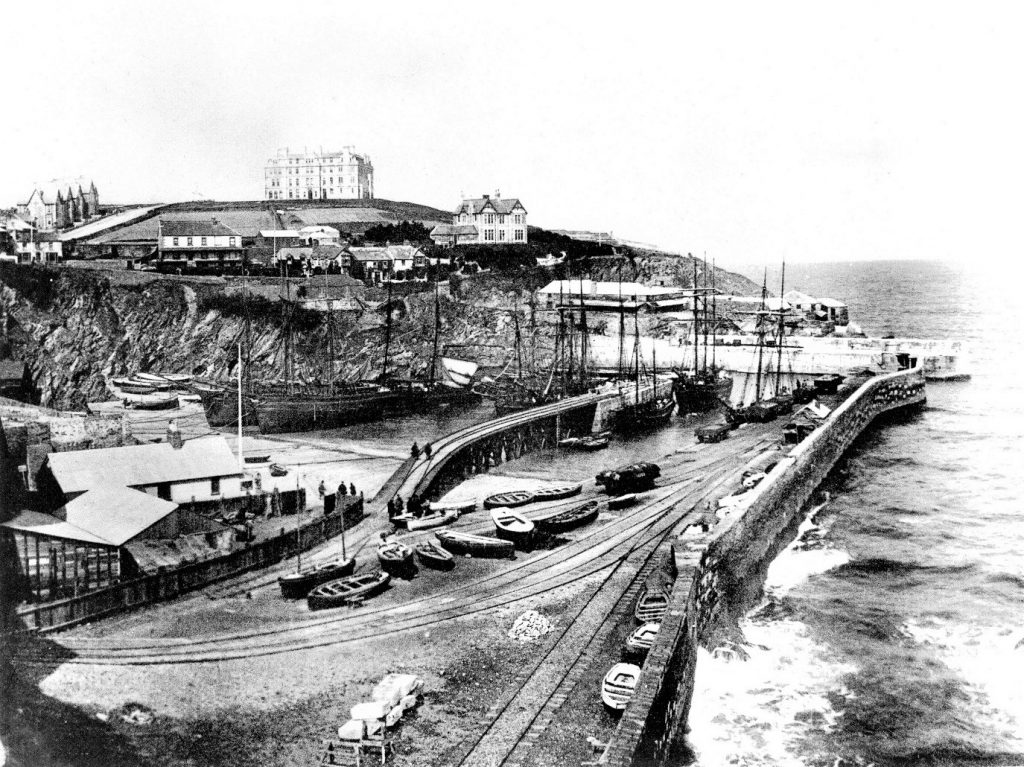
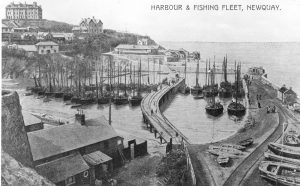
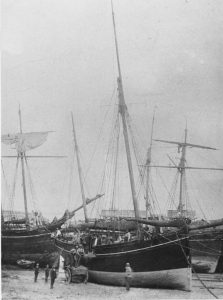
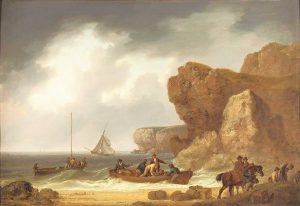
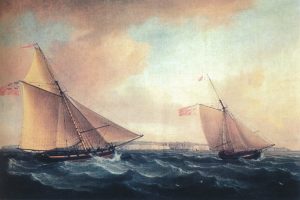
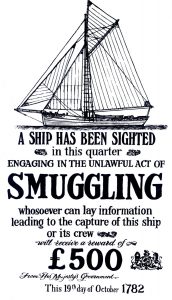
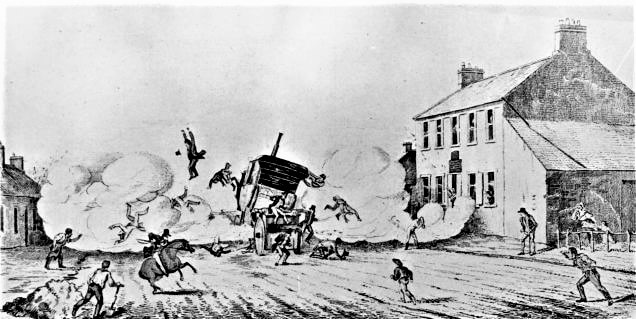

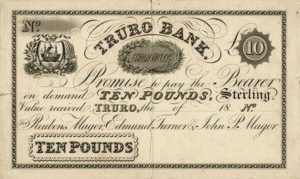
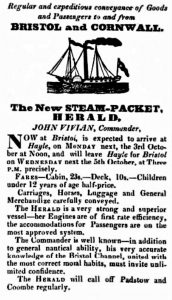
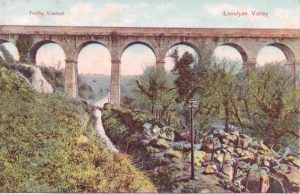
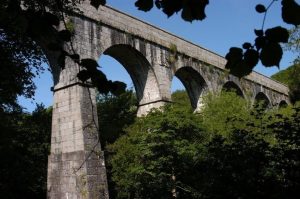
![[74] Voice - Ertach Kernow- 241121A Read all about it [S] Ertach Kernow- Read all about it (Cornish newspapers 1800-1840)](https://www.cornwallheritage.com/wp-content/uploads/2021/11/74-Voice-Ertach-Kernow-241121A-Read-all-about-it-S-227x300.jpg)
![[74] Voice - Ertach Kernow- 241121B Read all about it [S] Ertach Kernow- Read all about it (Cornish newspapers 1800-1840)](https://www.cornwallheritage.com/wp-content/uploads/2021/11/74-Voice-Ertach-Kernow-241121B-Read-all-about-it-S-227x300.jpg)
![[74] Ertach Kernow Heritage Column - 24th Month 2021 - Rich Sporting Traditions Ertach Kernow Heritage Column - 24th November 2021 - Rich Sporting Traditions](https://www.cornwallheritage.com/wp-content/uploads/2021/12/74-Ertach-Kernow-Heritage-Column-24th-Month-2021-Rich-Sporting-Traditions-263x300.jpg)